With so many diet options out there, it can be hard to know which one is best for you. There are high-carb diets, high-protein diets, low-fat diets, and even food packaging with claims like low in fat or keto friendly. This can make everything a bit confusing, especially if your goal is something as simple as being healthier and taking care of your body.
So, what about the paleo diet? This eating method focuses on whole, natural foods, and it doesn’t overcomplicate things with weird rules. If this sounds intriguing, keep reading to learn exactly how to follow the paleo diet, as well as its benefits and downsides.
What is the paleo diet?
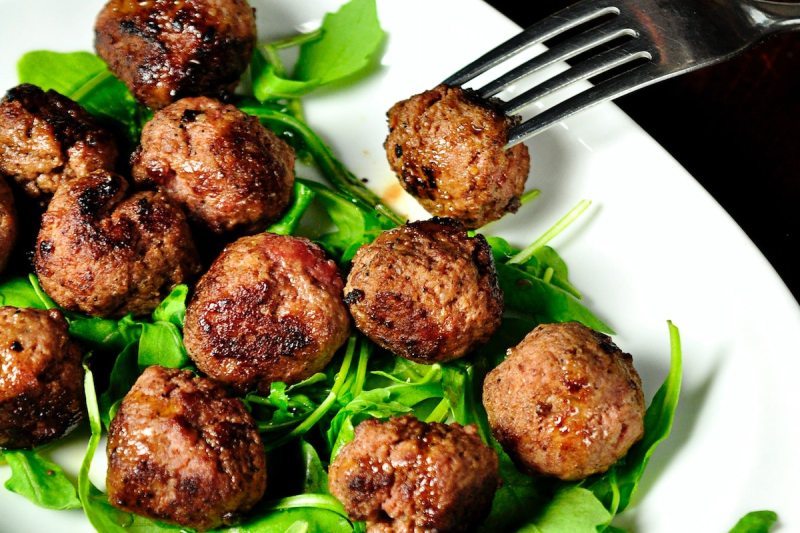
The paleo diet is designed to replicate the eating patterns of the hunter-gatherer lifestyle of our early human ancestors. The diet encourages the intake of vegetables, meat, fish, eggs, poultry, fruit, nuts, seeds, and other whole foods while prohibiting the consumption of all processed foods and artificial sweeteners. It also prohibits dairy, legumes, and grains — even if they are unprocessed. However, there are a few variations of the paleo diet with different modifications that are slightly less restrictive. For example, some modifications permit grass-fed butter or soaked and sprouted grains and legumes.
While the paleo diet was spawned in the 1970s, it wasn’t until Loren Cordain published a book on the paleo diet in 2002 that the paleo diet gained significant traction. Soon, it took over in the CrossFit sphere and among athletes and wellness fans.
What are the benefits of the paleo diet?
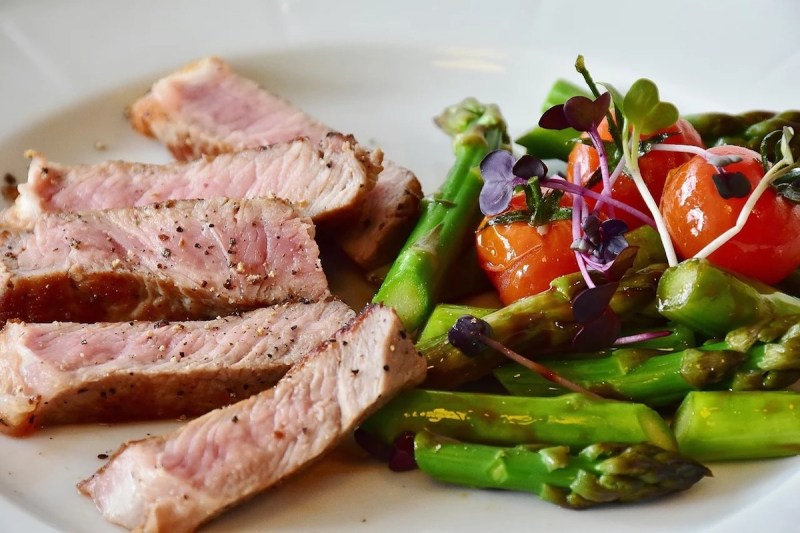
The impetus behind the paleo diet was to return to the more healthy, wholesome way of eating practiced by our hunter-gatherer ancestors, as there were fewer lifestyle diseases (diabetes, heart disease, cancer, obesity, etc.) back then. The paleo diet can potentially reduce the risk of these diseases.
It can also help people lose weight, provided a caloric deficit is maintained. In fact, many people do find it possible to lose a significant amount of weight — especially initially — after adopting the paleo diet, largely because the foods tend to be filling and there are so many restrictions.
What foods can you eat on the paleo diet?
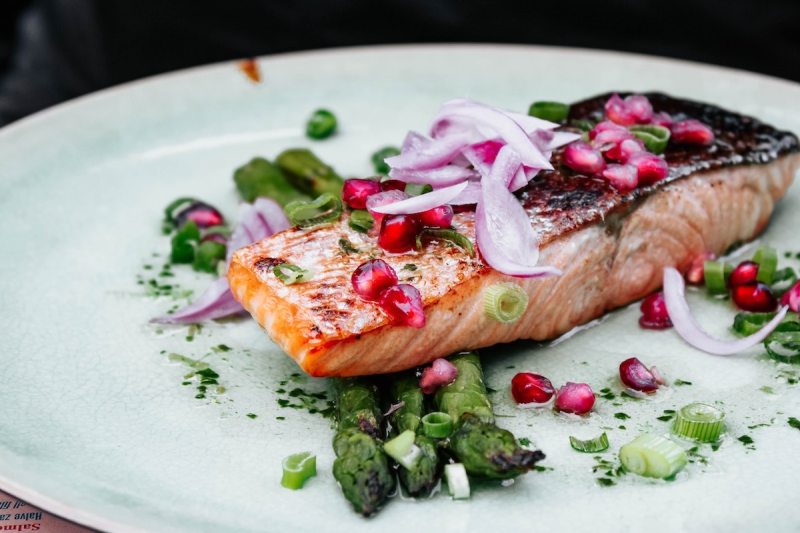
The paleo diet stresses unprocessed foods available back in the days of our hunter-gatherer ancestors. The following food groups are permitted on the paleo diet:
- Meat: Beef, pork, veal, lamb, venison, bison, etc.
- Fish and seafood: Salmon, trout, cod, sardines, tuna, mackerel, lobster, crab, scallops, shrimp, mussels, clams, squid, etc.
- Poultry: Chicken, turkey, duck, quail, etc.
- Eggs: Chicken eggs, turkey eggs, duck eggs, quail eggs, etc.
- Vegetables: Spinach, kale, carrots, Swiss chard, broccoli, zucchini, cucumbers, onions, cauliflower, asparagus, sweet potatoes, beets, squash, etc.
- Fruits: Pears, apples, melons, oranges, berries, bananas, pomegranates, kiwi, coconut, tomatoes, etc.
- Nuts and seeds: Almonds, pistachios, walnuts, cashews, pecans, chia seeds, flax seeds, pumpkin seeds, sesame seeds, hemp seeds, sunflower seeds, macadamia nuts, Brazil nuts, etc.
- Healthy fats and oils: Olive oil, avocados, flaxseed oil, coconut oil
- Herbs and spices: Basil, thyme, pepper, cinnamon, nutmeg, ginger, salt, rosemary, cumin, chili powder, etc.
- Healthy beverages: Water, tea (herbal tea, green tea, black tea, etc.), red wine, coffee
- Dark chocolate: As long as it’s 70% cocoa or higher
What foods are not permitted on the paleo diet?
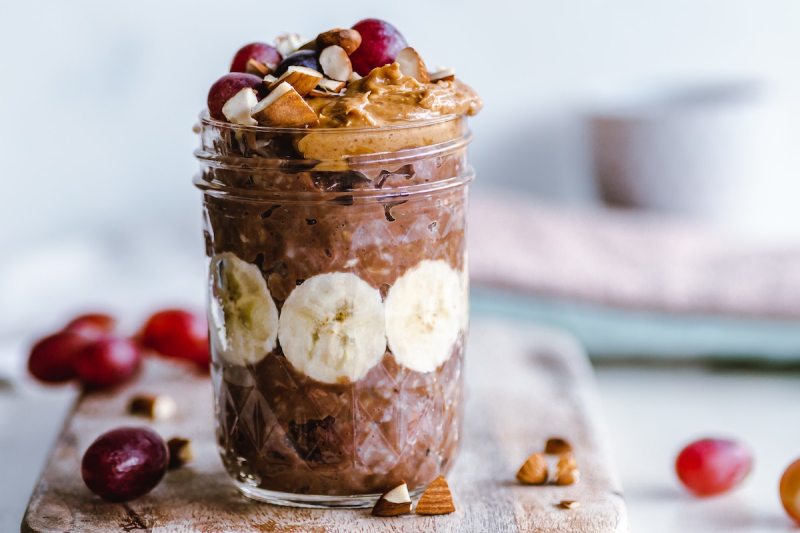
The crux of the paleo diet lies in avoiding anything refined or processed, but other major food groups are also excluded. As such, some people find the paleo diet to be overly restrictive, and there is some concern about meeting certain nutrient needs based on the exclusions. The paleo diet prohibits the following:
- Processed foods: Canned soups, cereals, cookies, jarred sauces, chicken nuggets, frozen pizza, rice cakes, bagels, anything packaged and “low fat,” etc.
- Dairy products: Milk, yogurt, cheese, kefir, butter, cream, ice cream, cottage cheese, etc.
- Sugar (except for honey and agave): Corn syrup, juice, sweetened foods, pastries, table sugar
- Artificial sweeteners: Splenda, aspartame, saccharin, etc.
- Grains: Whole wheat, oats, rice, couscous, barley, rye, etc.
- Legumes: Beans, peas, lentils, peanuts, soy, hummus, etc.
- VegetableoOils, margarine, trans fats
Sample paleo diet meal plan
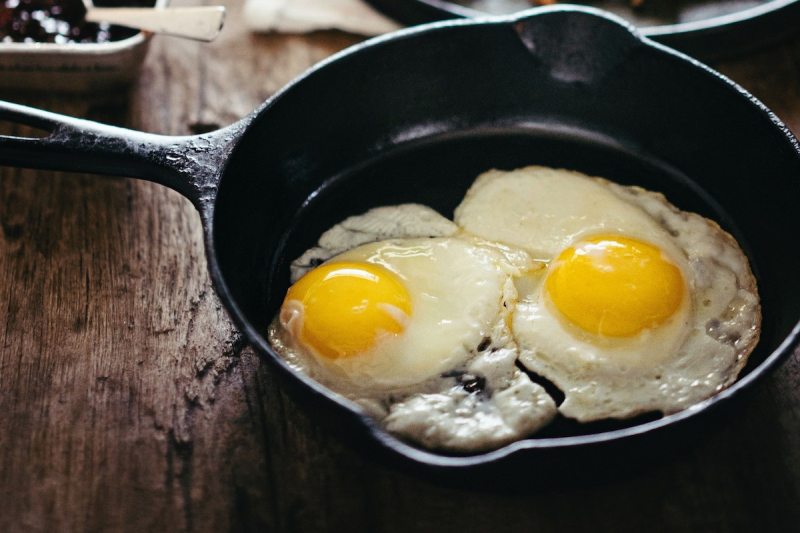
Curious what a day of eating might look like on the paleo diet? Below, we share a sample paleo meal plan:
- Breakfast: Eggs fried in coconut oil, turkey bacon, melon, coffee
- Lunch: Shredded chicken lettuce wraps, apple with almond butter
- Snack: Banana and nut/seed trail mix
- Dinner: Steak, sweet potato with coconut oil, asparagus
- Snack: Berries and walnuts
Frequently asked questions

Are there any downsides to the paleo diet?
While the paleo diet is a better option when compared to some other eating methods, it isn’t perfect. Because grains, dairy products, and legumes are not allowed, this can result in some nutritional deficiencies that you may need to take supplements for. There is also the risk of increased cholesterol levels due to the encouragement to eat plenty of red meat on a regular basis.
What is the difference between paleo and keto?
The paleo diet is designed to represent hunter-gatherers from years ago and allows you to eat foods our ancestors would have had access to. This includes meat, fish, poultry, fruits, vegetables, nuts, and seeds. The keto diet is structured to be a high-fat and low-carb eating plan, and while the types of food you can eat are unlimited, you are only allowed 50 grams of carbs daily.




